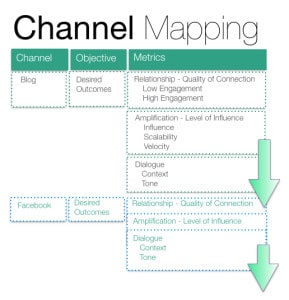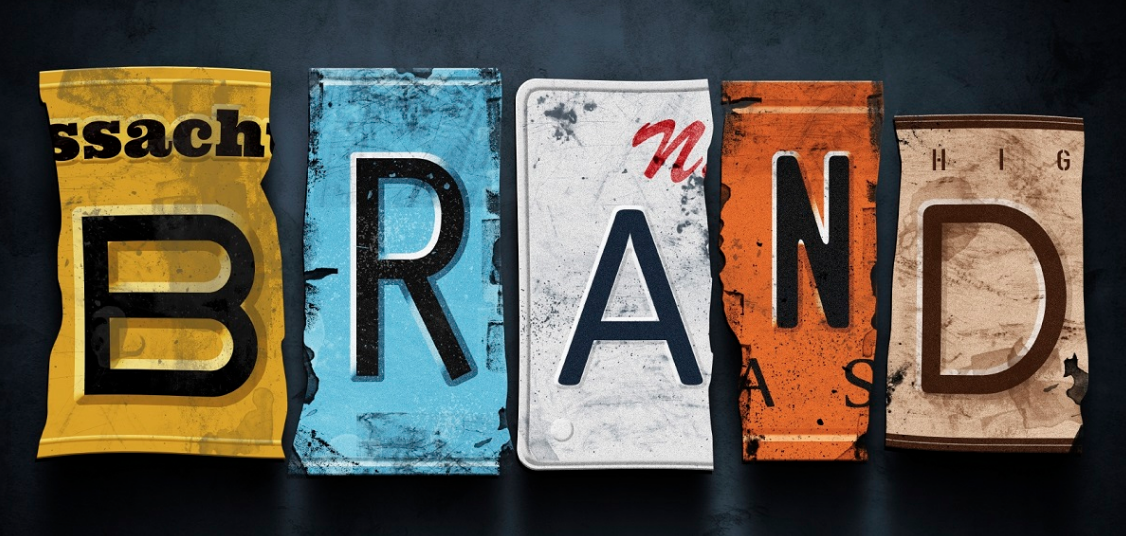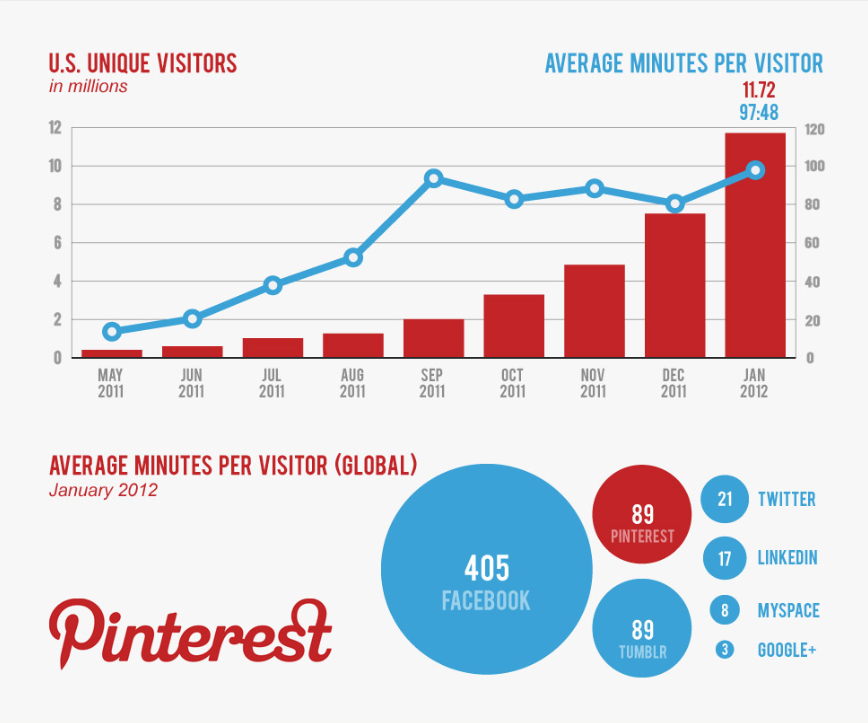What Is A Brand Social Style Guide? A brand style guide, or brand bible as it is oftentimes called, is extremely important for the success of your business. Your company’s brand style guide will outline exactly what can and can not be said about the brand. How to present the brand in varying settings, internally and externally. It allows employees to follow guidelines pertaining to design, conduct and social media. If used correctly, a brand style guide will give your company a consistent brand voice that appeals to your public.
The brand style guide details specifics regarding imaging and design. Loyal users celebrate brand across social media channels amplifying the reach and interaction with the crowd. Curation is critical as the crowd often distorts facts and mashes the message.
Brand Social Style Guide Checklist:
- Overview of brand, including history, vision and personality
- Logo specifications and examples of usage
- Typography palette
- Color palette
- Image use specifications, including photography style
- Letterhead and business card design
- Design layouts and grids for print and web-based projects
- Brochure guidelines
- Specifications for signage and outdoor advertising
- Writing style and voice
- Social media guidelines
- Visual examples to support each rule (provide examples of proper and improper use of each)
Logos + Logotype Logos are the main brand identifiers. Logos also play a part in attracting a loyal public. It is important that once your company has designed a logo that it is represented consistently throughout all business practices. From the company website to advertising, to business cards and letterheads — how do you want the public to see your logo?
Establish an official logo as well as a variation that will be appropriate for business cards or other items that offer limited space. Be sure to establish a size, color scheme, and font for both logos. Create guidelines for when variations on the logo will be used as well as where they will be placed.
Hudson Valley Public Relations optimizes connection and builds relationships. HVPR’s logo is about convergence, the ‘carot’ (^) symbol is used to show direction or reference to another entry. Editors use ‘carots’ to add extra words into articles, and digital web developers use ‘carots’ for coding websites and creating apps for Facebook and Twitter. HVPR’s logo’s arrows or ‘carots’ come together creating a convergence and a valley. The green font creates a sense of nature and the valley. The firm is located in the Hudson Valley, and is an excellent SEM keyword. The logo is much more of a logotype, the words create the logo. It’s easy to read, remember and find.
 Imaging Images used on websites, blogs and advertisements should all be connected with your overall brand message. Think, “What is my brand trying to say and how can I convey that through images?” HVPR’s favicon is an extension of the logotype. A favicon /faevikon (short for Favorite icon), also known as a shortcut icon, Web site icon, tab icon or bookmark icon, is a file containing one or more small icons associated with a particular website or web page such as Facebook.
Imaging Images used on websites, blogs and advertisements should all be connected with your overall brand message. Think, “What is my brand trying to say and how can I convey that through images?” HVPR’s favicon is an extension of the logotype. A favicon /faevikon (short for Favorite icon), also known as a shortcut icon, Web site icon, tab icon or bookmark icon, is a file containing one or more small icons associated with a particular website or web page such as Facebook. ![]()
 Typography + Color The typography, or font, and color scheme is not only important for logos, but also for design throughout the website, blog and advertisements. Make sure what you choose is reflective of how you want people to see your brand. Document what fonts and font sizes are to be used and when. Also be sure that if you have multiple colors in your logo or on your website that you specify on which areas each should be used.
Typography + Color The typography, or font, and color scheme is not only important for logos, but also for design throughout the website, blog and advertisements. Make sure what you choose is reflective of how you want people to see your brand. Document what fonts and font sizes are to be used and when. Also be sure that if you have multiple colors in your logo or on your website that you specify on which areas each should be used.

Tone + Style Document a format for how blogs and press releases should be written. Both should convey a tone coherent with the brand voice. Create guidelines for how to use tone dealing with all circumstances in written word (i.e. the urgency of a press release should still abide by the same tone as a blog post).
Social Media Guidelines Social media guidelines can include how your team behaves on this medium through both personal and business accounts. Many companies make it a requirement for their staff to abide by procedural social media conduct regulations that are written in a handbook.
The boundaries have blurred, today digital rocks our brand’s work. Incorporate your brand values into your social media polices and procedures. Ensure your brand is accurately represented through all traditional and digital channels regarding style, image, design and the ethos of your brand.
Designers and social media managers must follow a procedure how and where to gather images and how to edit them in a uniform manner. Outline a schedule for posts on each network and have a protocol for how to interact with your stakeholders via these sites.
To learn more about branding contact http://hudsonvalleymedia.com or call us today 845.202.7087.
Special to Hudson Valley Public Relations by Amber Smith Intern Marist College
References
Photo source: Amber Smith, Hudson Valley Public Relations
Cousins, C. (May 13, 2013). How to build a brand bible and visual style guide. Retrieved 9/16/15 from http://designshack.net/articles/graphics/how-to-build-a-brand-bible-visual-style-guide/
Creger, R. (Dec. 29, 2013) How to create a basic brand style guide. Retrieved 9/16/15 from https://99designs.com/designer-blog/2014/05/01/how-to-create-a-basic-brand-style-guide/
The brand manual: is it really necessary? Retrieved 9/16/15 from http://www.logoorange.com/corporate-identity-manual-brand-style-guide.php










